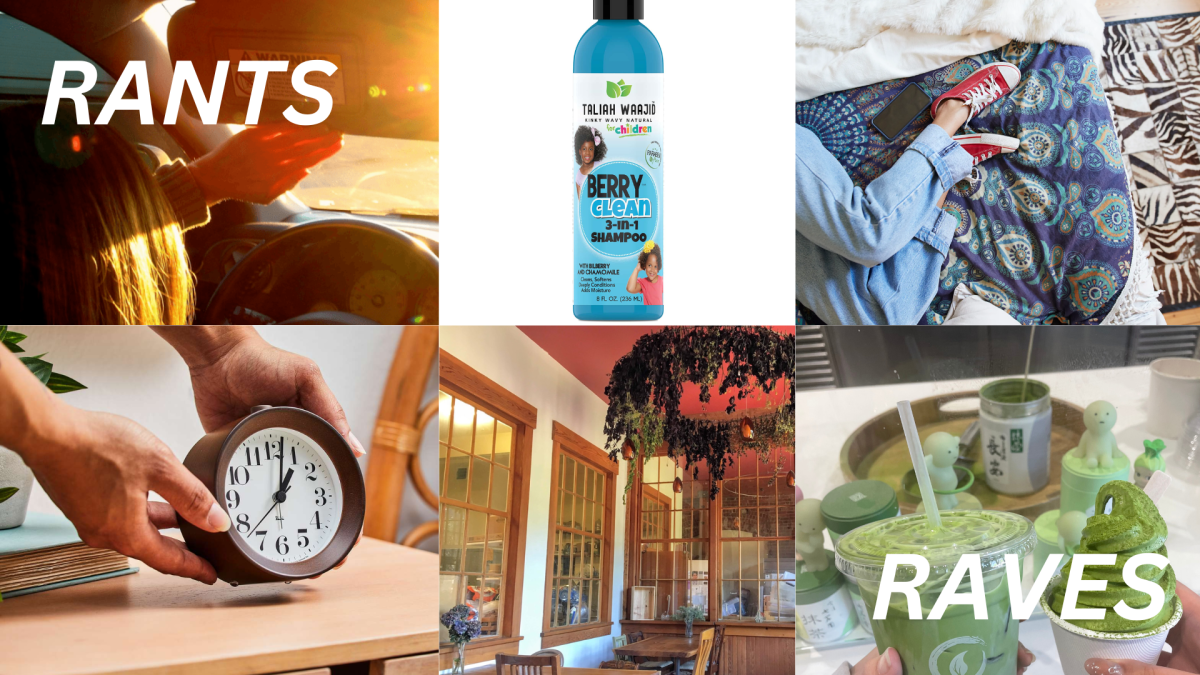Have you ever been death-scrolling through the wonderland of TikTok and accidentally clicked the “shop” button? While it may not have been the primary platform people found themselves online shopping before recently, TikTok shopping is quickly becoming more common.
Rolled out in the fall of 2021, the TikTok shop has been growing and evolving slowly for several years. Back then didn’t see too many large pushes toward its use even though developers for TikTok have been steadily updating and refining it. However, TikTok shop has recently seen a major boost in both use and popularity quickly rising as one of the premier online shopping outlets.
While praised for its support of small businesses, the TikTok shop also contributes to many negatives. At its core, the shop aims to sell many units of products by inserting them into your feed, directing you towards the enticing “shop” tab. Once there, it offers deals and prizes for buying certain items. This has majorly contributed to the “toxic consumer” mentality.
Consumerism is a type of economic and social system that dedicates itself to the sale of merchandise above all else, including the environment. Unfortunately, the TikTok shop often promotes products, ignoring any impact it may have on the very consumers using the site.
Several trends within the TikTok shop exemplify this dynamic, including the lip gloss/lip oil trend, the Stanley trend, and the “10-year-olds at Sephora” trend. Each of these trends has its consequences, either negatively impacting the environment or directly affecting consumers.
The lip gloss/lip oil trend initially focused on natural, glossy lips instead of lined or painted lips. While a single lipgloss may not be harmful, this trend encouraged buying an absurd amount of lip products, aiming at finding the newest, trendiest, and most effective products that essentially contribute to world waste production.
Additionally, the Stanley trend is all about a certain brand of hyped-up water bottle that often leaves a lid behind in favor of a straw. The main difference between a Stanley and any other water bottle is that a Stanley has a side handle made for easy carrying. While the trend initially appeared positive, these metal and plastic cups quickly became collectible with some people venturing to collect one of every available Stanley. Promoting the collection of dozens of the same water bottles is not only incredibly stupid but also contributes to a massive amount of waste. After a trend such as the Stanley Cup has run its course people will be clamoring to rid themselves of their massive metal cups. Which will often prompt people to throw their Stanleys away as the market will be over-saturated.
Lastly, the most talked about trend is the “10-year-olds at Sephora.”. Again, while it may not seem like a big deal on the surface level, this trend delves into dangerous territory. As the name implies, this trend consists of young, often preteen, girls going to beauty stores such as Sephora and Ulta to purchase makeup and skincare. This trend raises alarms as it exposes young individuals to potentially harmful chemicals that they neither need nor should be using at their age.
Despite the TikTok shop’s potential for harm, it has also brought some positive changes. With the viral nature of the shop, many products have spiked in popularity, providing sellers with a significant financial boost for many years to come. Further, the TikTok shop has opened an avenue for many small creators to become seen by larger audiences, boosting their engagement and sales.












